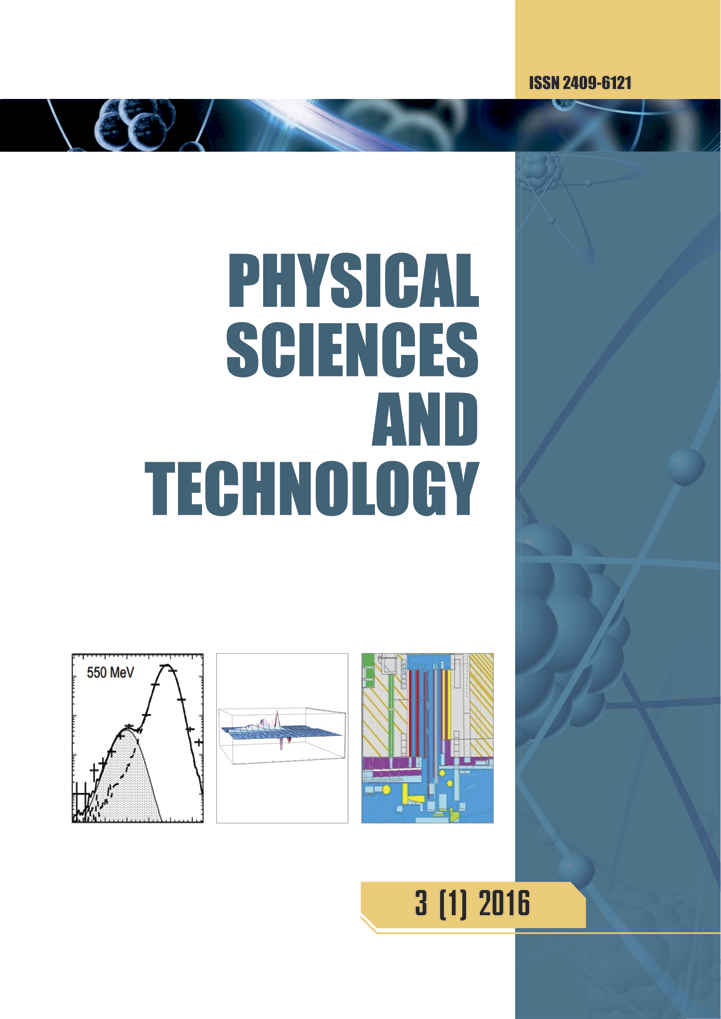SN2017ein: bolometric light curve and physical parameters
DOI:
https://doi.org/10.26577/phst-2017-1-118Abstract
Apparent stellar magnitudes observed at Maidanak observatory for SN2017ein – peculiarly faint core-collapse supernova rumored to have images of progenitor – are processed to get exact photometric data. Technique of photometry is described and the data itself is presented. Based on photometric data of B and R bands we used the regressional equation proposed by Lyman and Bersier to reconstruct the quasi-bolometric light curve. Reconstructed light curve has a peak luminosity of ∼ 3.3 ⋅ 1041 erg/s which is almost an order of magnitude lower than typical values for such supernovae. Further, we used reconstructed bolometric values to estimate physical parameters using simple one-component models for photospheric and nebular phases. Fitting the models to reconstructed quasi-bolometric light curve allows us to estimate physical parameters. Such estimation yields 0.037 M⊙ for nickel-56 mass, 1.246M⊙ for ejected mass and 1.641 · 1051 erg for final kinetic energy of ejecta. Ejecta mass looks very small for proposed progenitor candidate, but some explanations for such discrepancy are already proposed.





